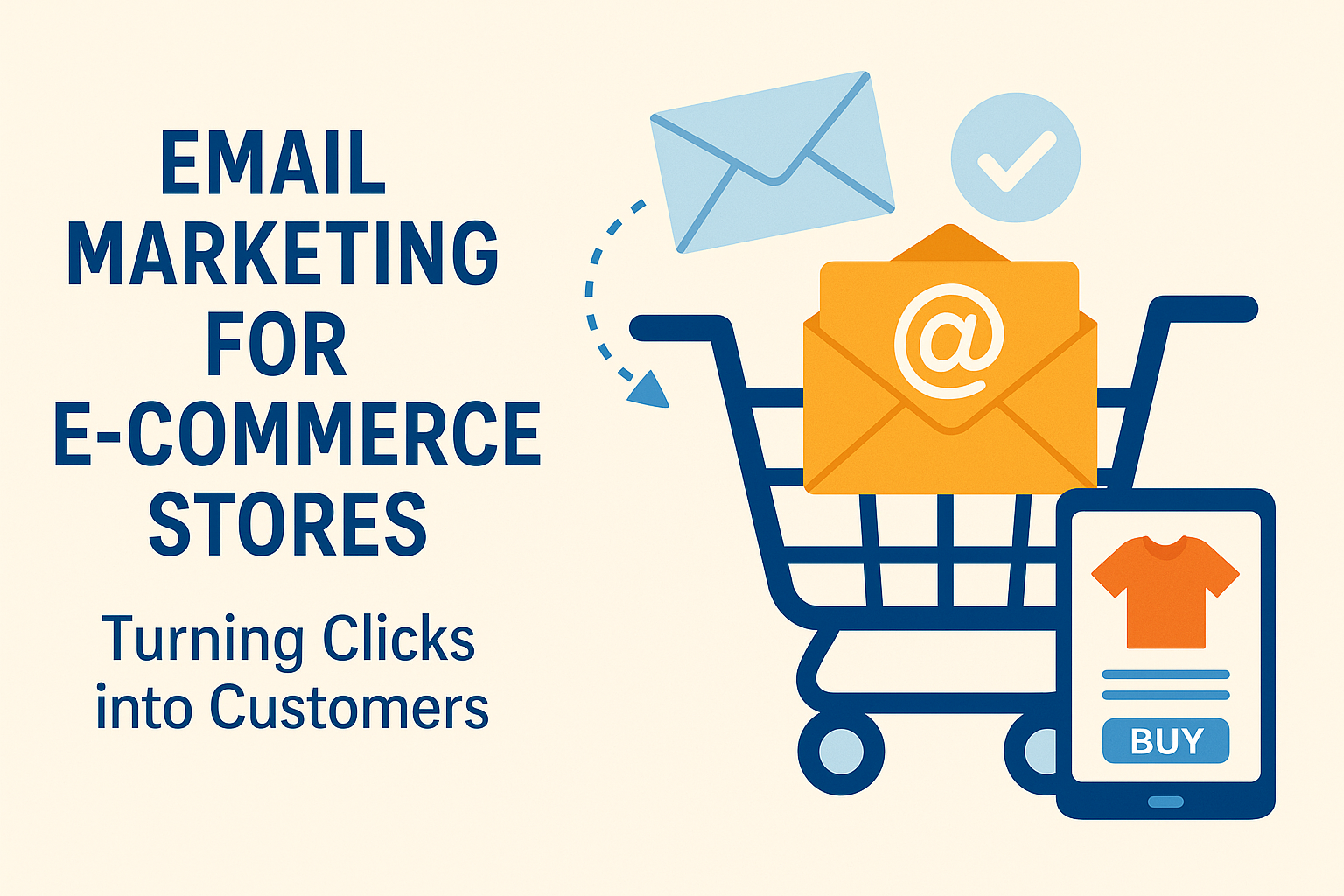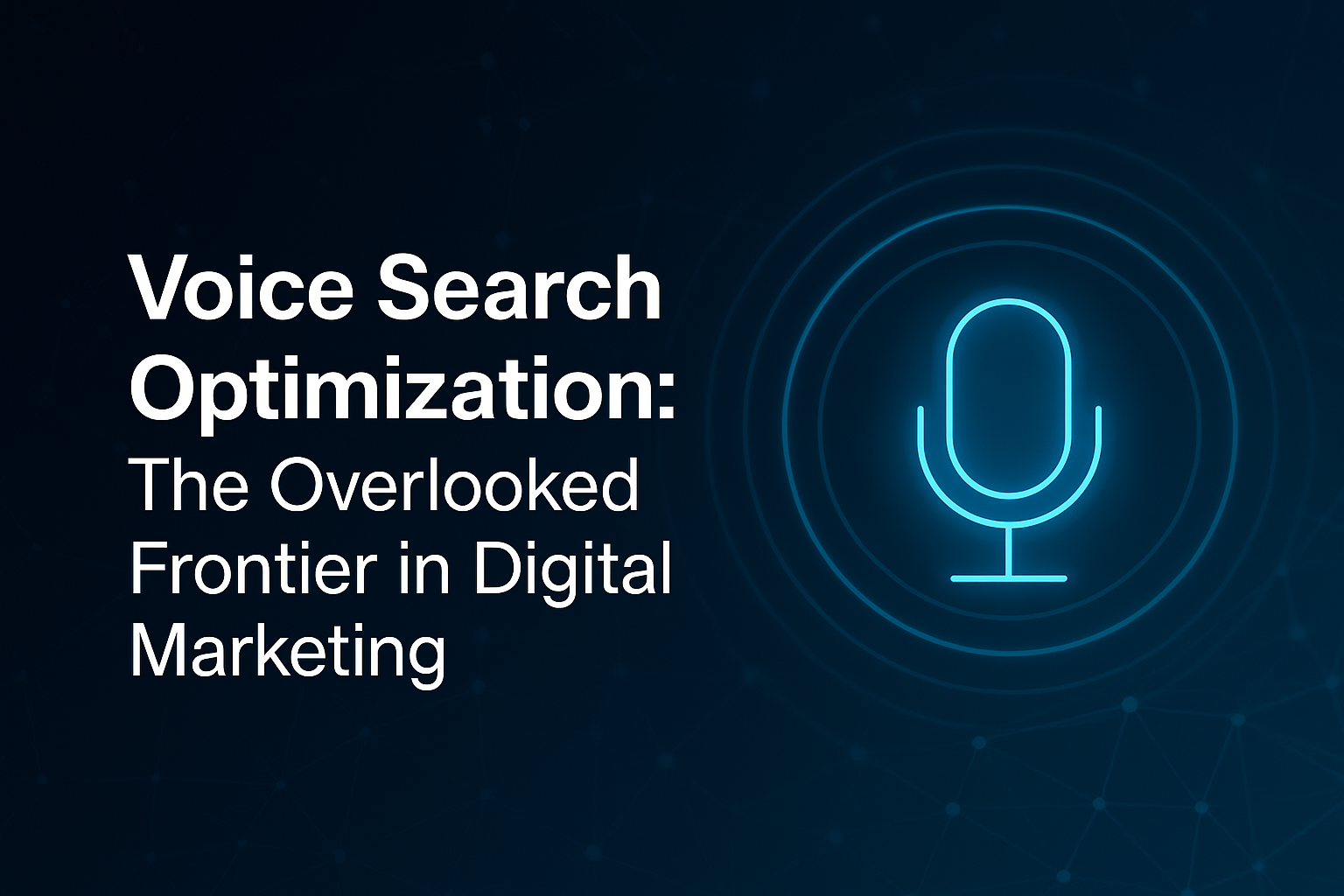
In the world of online retail, where the competition is fierce and the customer’s attention is low, the email marketing is one of the most powerful tools in the e-commerce brand’s arsenal. Despite the rise of social media and paid advertisements, the email marketing continues to distribute the highest ROI – an average of $ 36 for each $ 1 expenditure.
Let us use the full potential of email marketing to run the owner of e-commerce stores, to run sales, build customers loyalty and score their business.
Why email marketing still works:
- Direct access to your audience: Email your customer’s inbox not directly ground-some algorithm filters or pay-to-play models.
- High ROI: With minimal cost and maximum access, it is one of the most profitable marketing channels.
- Individualization: You can tailor messages based on the purchase of customer behavior, preferences and history.
- Automation: When you sleep using automation workflow, do the campaign.
Core email type for e-commerce success:
- Reception series
- First impression matter. Send a sequence of 2-3 emails to welcome new customers, offer discounts and share brand story.
- Abandoned cart email
- Remind users of products that they left in their car. Include incentives such as free shipping or limited time discounts.
- Confirmation of order and shipping update
- Make confidence by informing customers. These transactions also provide opportunities for email upsel.
- Product recommendations
- Use AI or behavioral-based trigger to suggest products based on previous shopping or browsing activity.
- Advertising campaign
- Send emails during special occasions such as seasonal sales, product launch, or black Friday.
- Re -engagement email
- Target inactive customers with individual win-back or response requests.
Build a high quality email list:
- Use pop-up with encouragement (eg, 10% discount for the first order).
- Make a lead magnets such as downloadable guides or styling tips.
- Collect emails in checkouts and through social media campaigns.
- Avoid: Buying an email list – This damages your sender reputation and engagement rates.
Tools to get start:
Popular e-commerce email marketing tools include:
- Klaviyo: Shopify and ideal for WooCommerce Store.
- GrowthGare: Which help to extract emails.
- Mailchimp: It is easy to use with good automation.
- Omnisend: Great for multi-channel campaigns.
- Convertkit: perfect for product-based creators and small shops.
Tips to maximize results:
- Follow your list: Group customers by behavior, location, or purchase history.
- Use privatization tokens: Include name and product details to make the email feel personal.
- A/B test: Experiment with subject lines, send time and CTA.
- Customize for mobile: Most people check the email on the phone – use responsible designs.
- Stay consistent: Do not spam, but either do not disappear. Maintain a regular sending program.
Real example
An online jewelery store used a simple 3-mil abandoned cart sequence:
- Remind email after 1 hour
- Provide 10% discount after 24 hours
- Last chance reminder after 48 hours
Result? The 22% recovery rate of abandoned trains and more than $ 12,000 in additional revenue in just one month.
Conclusion:
The email marketing is not dead – it is still smart. For e-commerce stores, it is an essential, low-cost method to increase revenue, nurture customer relationships and build a brand. Whether you are launching your first store or scaling your operation, it is important for long -term development to master email marketing.


